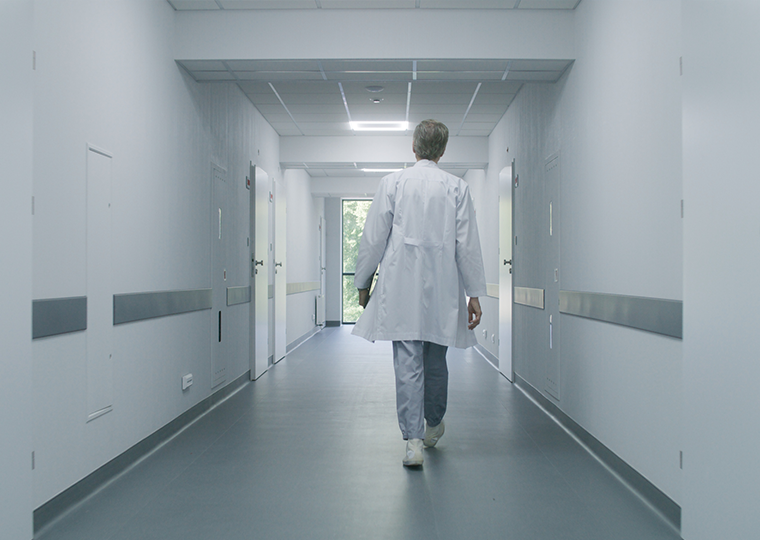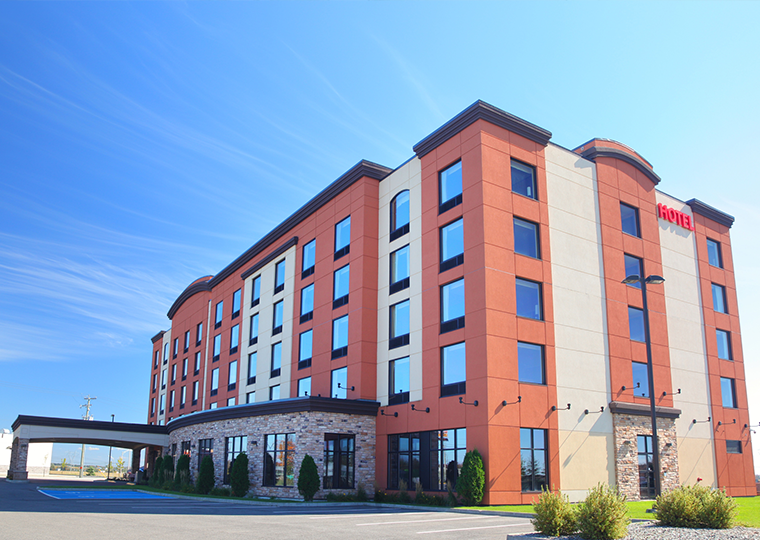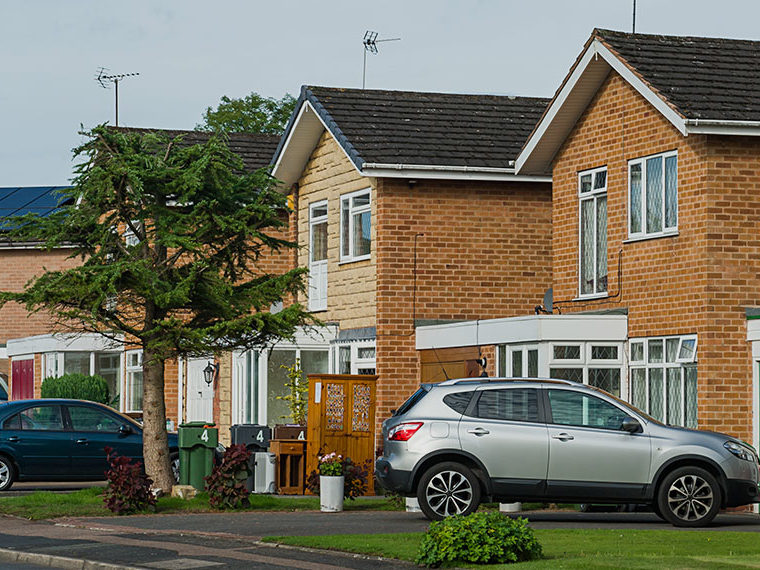Management and real estate deals to owners’ firms siphon off most profits
The vast majority of nursing homes are covertly extracting profits for investors while reporting relatively weak financials to industry regulators, according to a working paper by UCLA Anderson’s Ashvin Gandhi and Lehigh University’s Andrew Olenski. Their work suggests that some two-thirds of the industry’s profits are hidden from regulators and lawmakers.
The practice, dubbed “tunneling,” involves making inflated payments for goods and services to another firm with common ownership. While not illegal, masking profits as expenses in this way could ultimately restrict quality care and raise costs for patients, insurers and taxpayers, while funneling more money to investors.
“Our estimates suggest that in 2019, 63% of nursing home profits were hidden and tunneled to related parties through inflated transfer prices,” Gandhi and Olenski write. About a third of facilities in that average had no related party profits, which suggests that facilities with related vendors reported less than 37% of their overall profits.
Costs Are Rising
Looking at 2000 to 2021 regulatory filings of all Illinois nursing facilities, Gandhi and Olenski found that 77% began transacting with related parties for real estate or management services. Those who hired out real estate services reported an average 20% jump in total costs, while similar management services contracts raised costs by 25%. (Cost changes were calculated for each facility shortly before and after each agreement.)
How much better would nursing home care be if these hidden profits were invested in the facilities? The researchers looked at staffing levels, a key differentiator between low- and high-quality care. Regulators consider chronic understaffing at the majority of nursing facilities to be the key reason falls, fractures and excessive pain are common. The unreported profits are enough to fund a 29% increase in the number of registered nurses across facilities, according to the study.
The study by Gandhi and Olenski builds on other efforts by researchers to unravel the increasingly opaque finances of an industry that curiously attracts enormous interest from private equity and other institutional investors yet reports seemingly poor financial results.
A Rosier Financial Picture
Meanwhile, the industry frequently claims financial hardship in the face of regulation intended to raise the quality of care. Because nursing home financial reports seem to indicate little industry money to attract and pay more staff, the U.S. government often increases reimbursements or other financial help to offset added costs of its regulatory mandates. For example, $75 million in government funding for training is available because of a pending rule that would require thousands of facilities to increase their nursing staff..
The study could explain a couple of puzzles about the industry’s finances, the researchers note. These oddities make more sense if the industry earns far more money than was publicly known:
- Nursing home closures have been relatively rare for an industry with many businesses reporting accounting losses. Some 47% of facilities reported losses in pre-pandemic 2019.
- Private equity firms are paying premium prices for these supposedly low-margin businesses. Taking the reported financial data at face value, the researchers calculate buyers are paying so much that their returns would be better if invested in U.S. Treasury bonds.
Many transactions the researchers analyzed involve lease-back agreements, in which a facility sells its property but continues operating at the site through a lease. Such agreements are common in many industries as a way for sellers to raise liquidity.
Yet the study finds nursing facilities to be financially worse off when involved in lease-backs with their own investors. Liquidity does not rise. The nursing home’s assets fall “substantially more” than its liabilities. “It is difficult to rationalize these actions as being beneficial for the nursing home entity,” according to the study.
Featured Faculty
-
Ashvin Gandhi
Assistant Professor of Strategy
About the Research
Gandhi, A., & Olenski, A. (2024). Tunneling and Hidden Profits in Health Care (No. w32258). National Bureau of Economic Research.






